Despite being neighboring European countries with celebrated food cultures, Italian and French cuisines represent remarkably different culinary philosophies. Both are globally revered, yet they approach ingredients, techniques, and dining experiences in fundamentally distinct ways.
Here is a list of 15 key differences that separate these iconic food cultures and explain why they stand as unique culinary worlds despite their geographic proximity.
Regional Identity
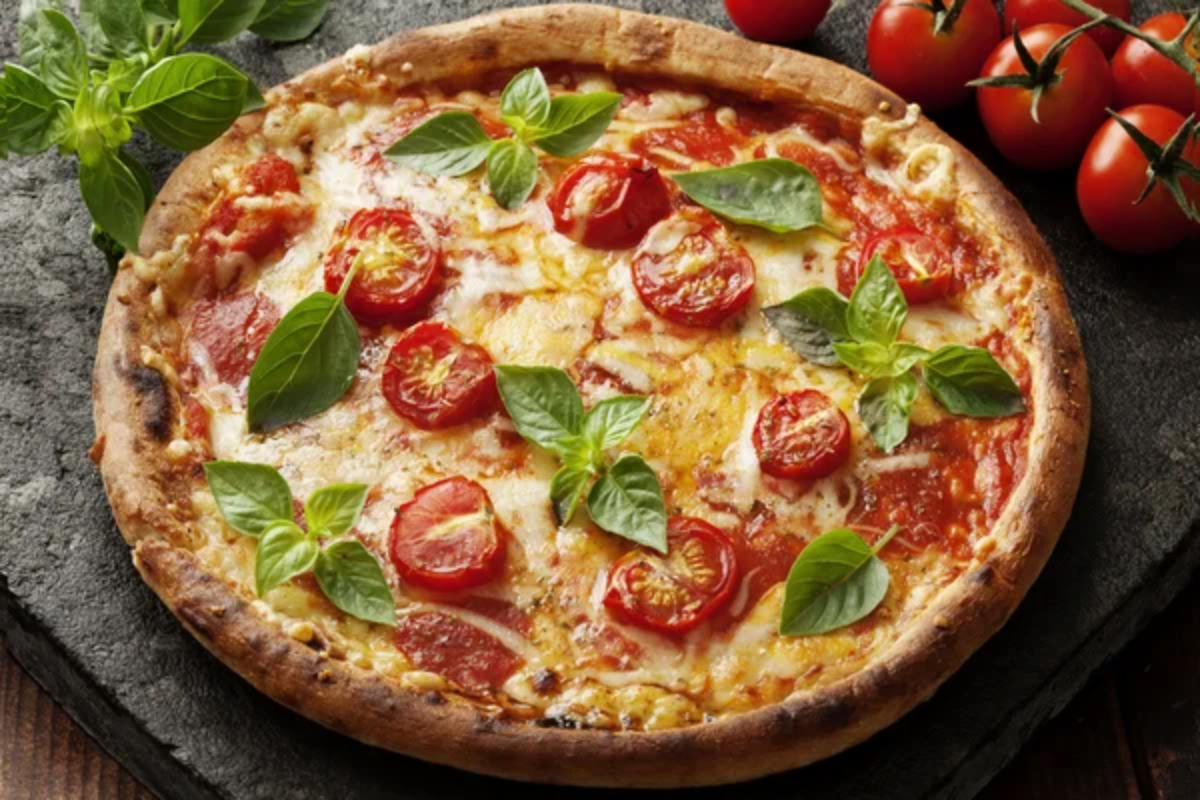
Italian cuisine remains deeply rooted in its regional identities, with dramatic variations from north to south. Each region proudly maintains its own specialty dishes—Campania has pizza, Emilia-Romagna has its ragù, and Sicily has its unique Arab-influenced creations.
French cuisine, while certainly having regional variations, underwent more national standardization through its classical codification in the 17th-19th centuries, creating a more cohesive national identity in cooking.
Ingredient-Driven vs. Technique-Driven
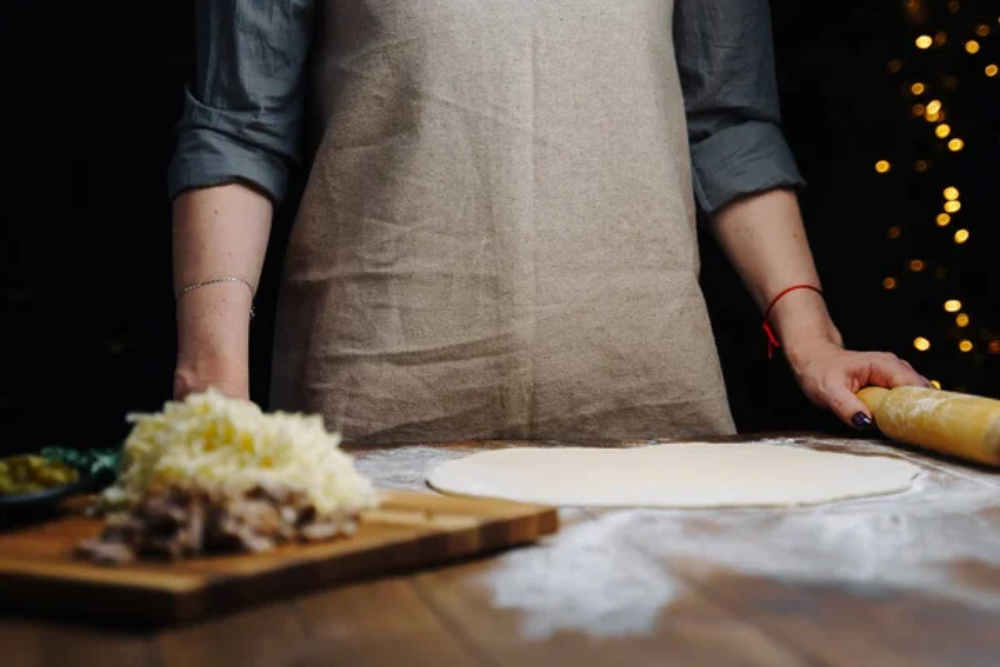
Italian cooking celebrates the integrity of simple, high-quality ingredients. The philosophy centers on letting a few excellent components shine without excessive manipulation.
French cuisine, conversely, emphasizes technique and transformation—the chef’s skill in turning ingredients into something greater through complex methods like reductions, emulsions, and precise cooking techniques.
Like Travel Pug’s content? Follow us on MSN.
Sauce Philosophy
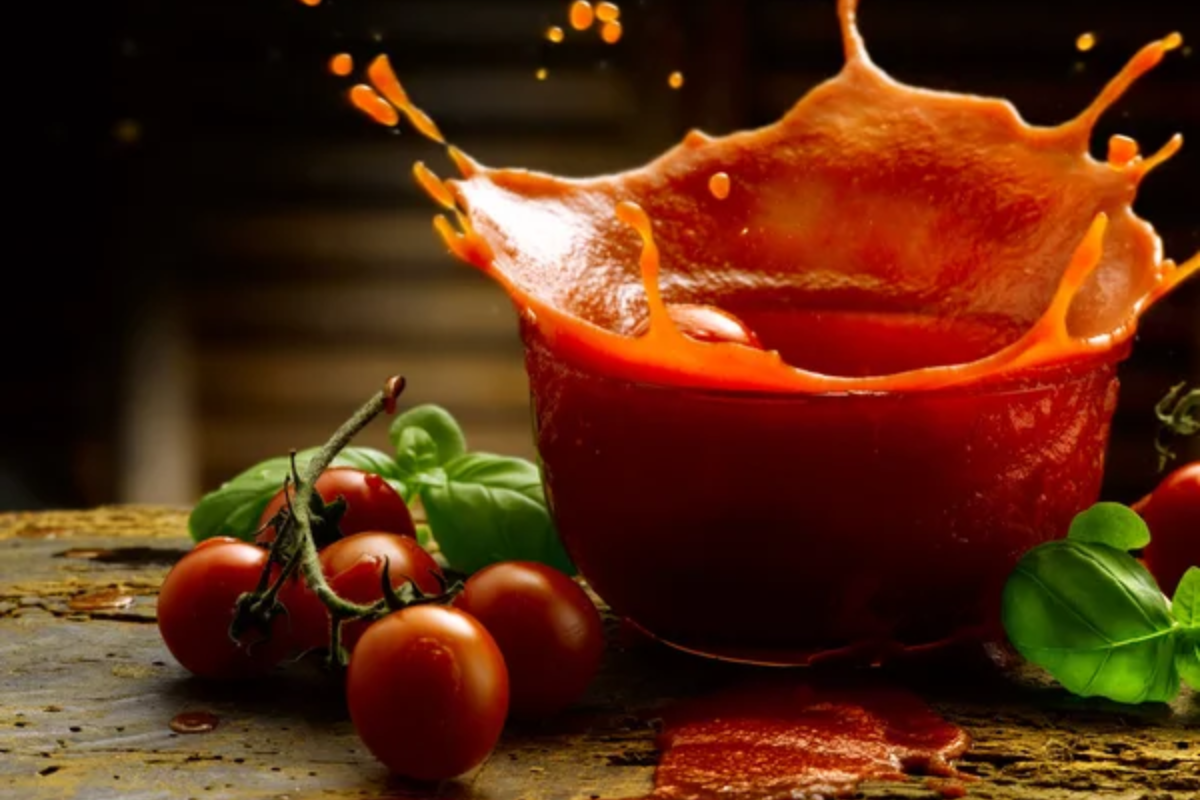
French cuisine builds elaborate sauces through careful reduction, stock-making, and thickening to create complex flavors that complement the main ingredient. These sauces—béchamel, velouté, espagnole, hollandaise, and tomato—form the famous five ‘mother sauces’ that serve as foundations for hundreds of derivative preparations.
Italian sauces tend to be simpler, often uncooked or briefly cooked, allowing the natural flavors of olive oil, tomatoes, herbs, and cheese to remain distinct and recognizable.
Approach to Dining Structure
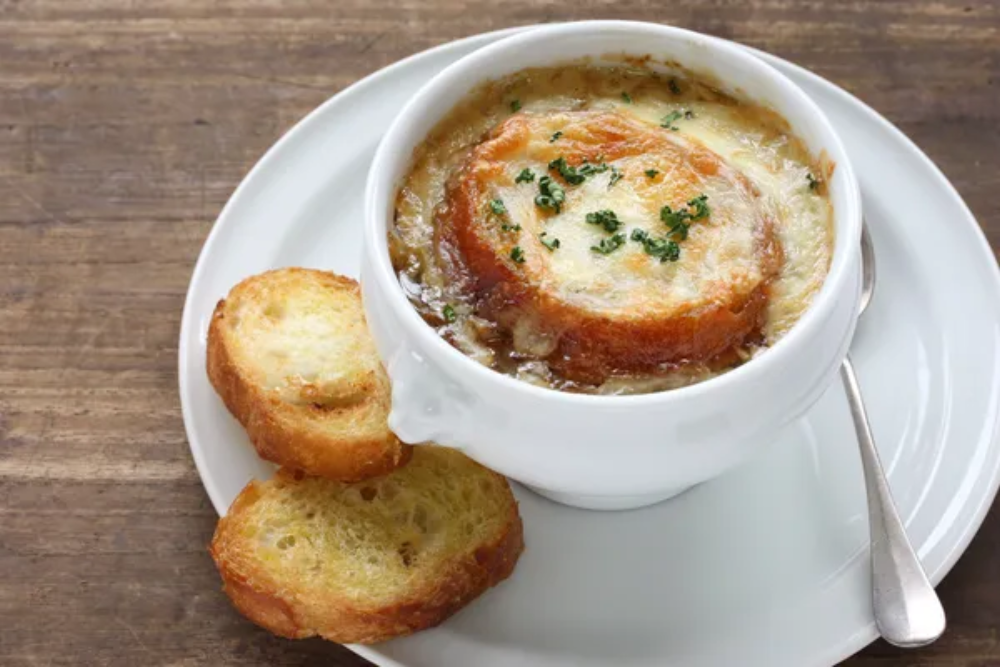
French meals follow a distinct progression: appetizer (entrée), main course (plat principal), cheese course, and dessert, with each element carefully planned in relation to others.
Italian dining revolves around primo (first course, typically pasta or risotto) and secondo (second course, usually protein-based) with contorni (sides) served alongside, creating a more flexible, family-style approach to meal composition.
Bread Traditions
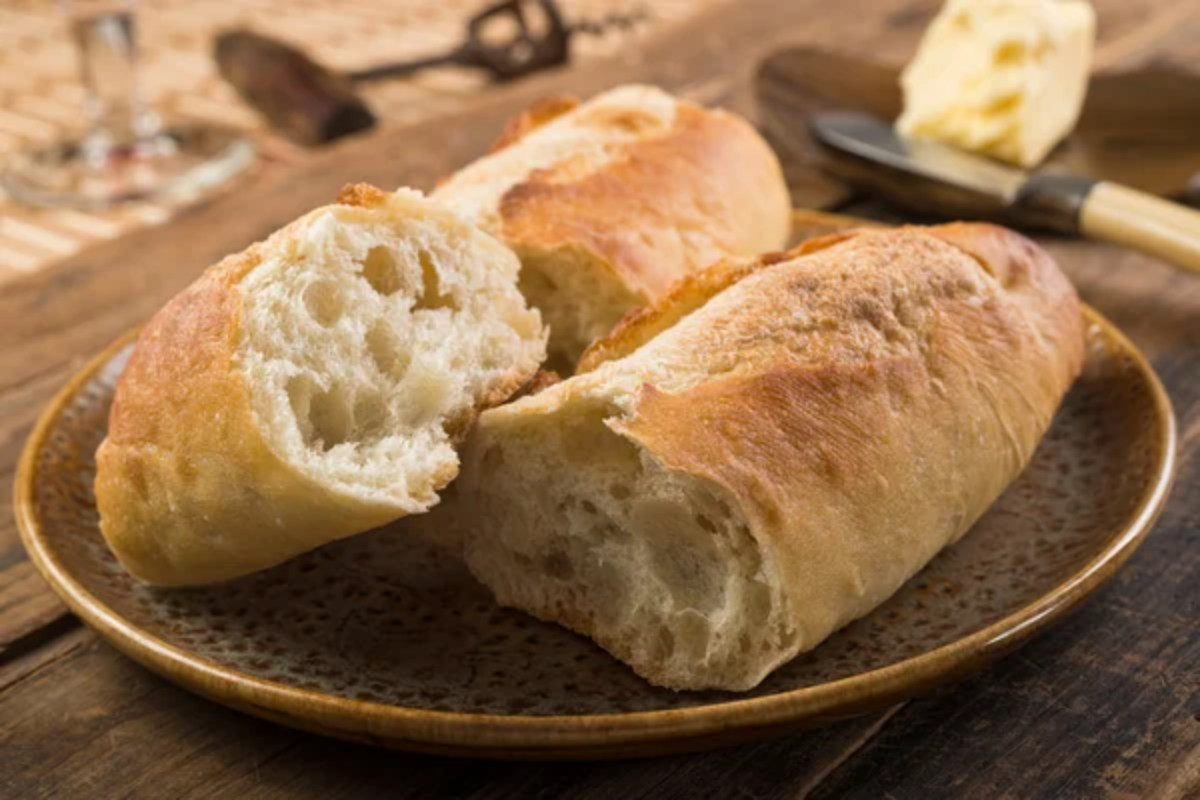
French bread culture centers on artisanal baguettes and country loaves with crisp crusts and distinctive air pockets, meant to be consumed daily and fresh. Italian bread varies dramatically by region—from Tuscany’s saltless pane toscano to Sicily’s sesame-topped loaves—and serves different purposes, including being the foundation for bruschetta or panzanella, rather than just an accompaniment.
Like Travel Pug’s content? Follow us on MSN.
Fat Preference

Olive oil reigns supreme in Italian cooking, especially in central and southern regions, lending its distinctive fruity character to dishes. French cuisine traditionally relies more heavily on butter, particularly in northern regions and in classical cooking, creating richness and a distinct mouthfeel in sauces and pastries that differs fundamentally from the lighter olive oil approach.
Cheese Tradition
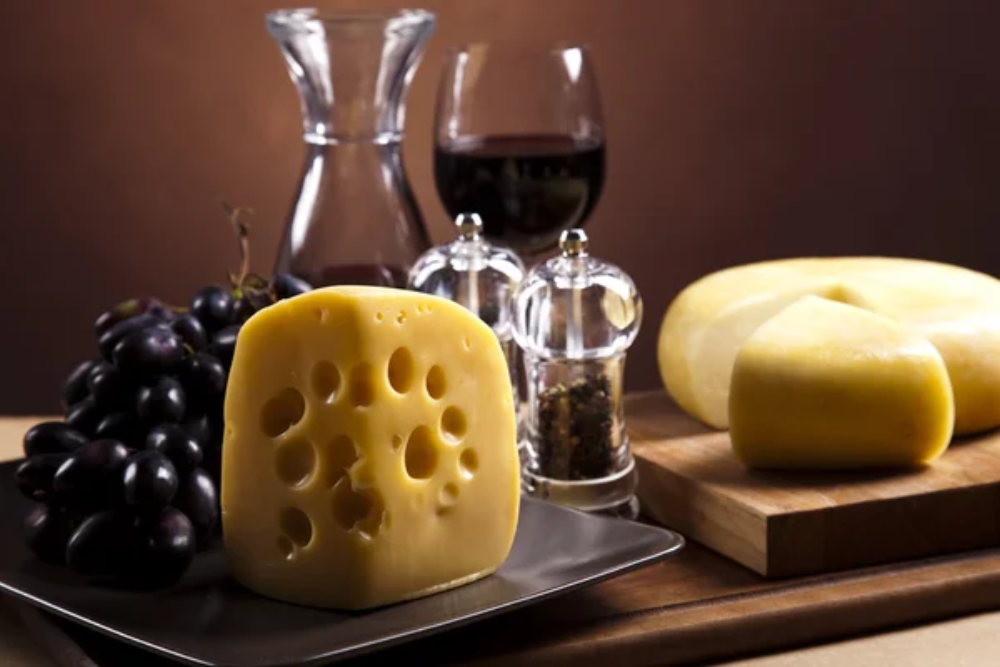
France boasts over 400 distinct varieties of cheese, from soft and bloomy Brie to pungent blue Roquefort, and treats cheese as its own dedicated course to be savored before dessert. Italian cheese tradition, while equally deep, generally incorporates cheese as a component within dishes—grated Parmigiano-Reggiano on pasta, fresh mozzarella in salads, or ricotta in desserts—rather than featuring it as a standalone course.
Pasta vs. Bread Foundations
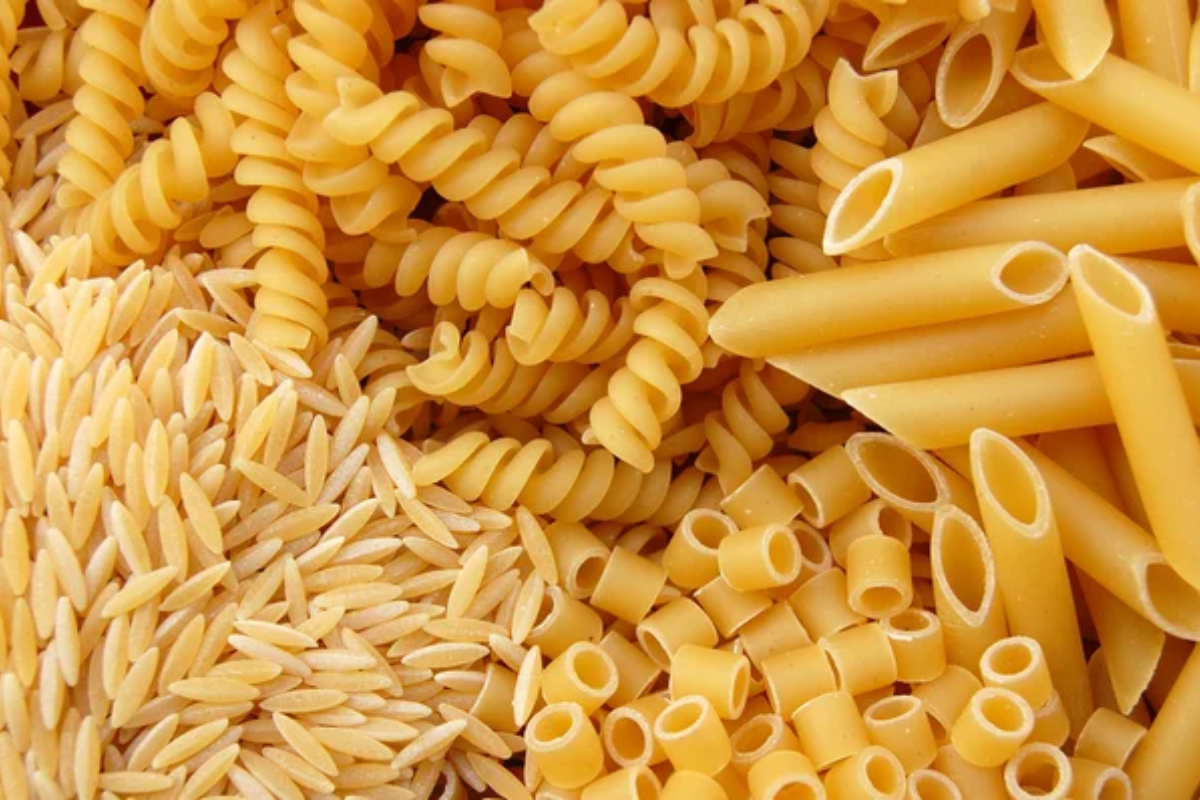
Italian cuisine places pasta at its center, with hundreds of shapes, each designed for specific sauces and preparations, forming the foundation of daily eating. French cuisine, while certainly including pasta derivatives like quenelles, relies more on bread as its starchy foundation, with pasta playing a secondary role compared to its pride of place in Italian cooking.
Like Travel Pug’s content? Follow us on MSN.
Wine Approach
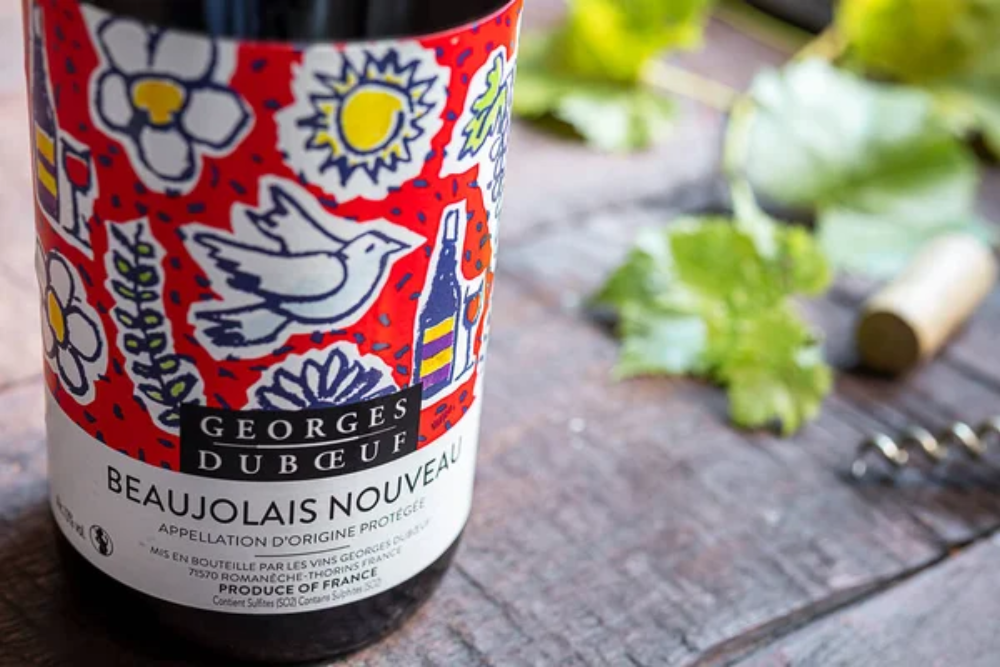
French winemaking emphasizes terroir—the specific environmental factors affecting grape growth—and traditionally categorizes wines by region (Bordeaux, Burgundy, Champagne). Italian wine culture, equally ancient and varied, traditionally focused more on everyday consumption as part of meals rather than the connoisseurship and classification systems that dominate French wine culture.
Dessert Philosophy
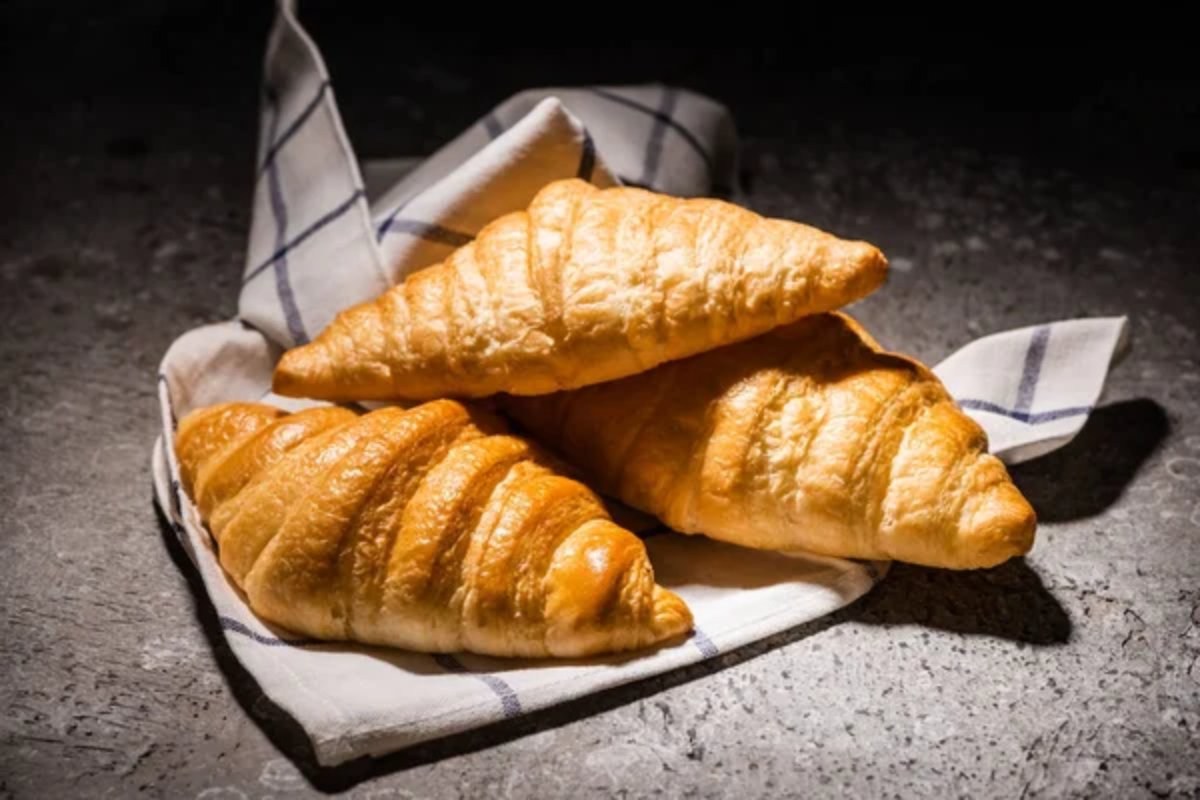
French pastry represents perhaps the most technically advanced sweet tradition in the world, with precisely laminated croissants, architecturally perfect petit fours, and elaborate cakes requiring extensive training. Italian desserts trend simpler but no less delicious—gelato, tiramisu, and panna cotta focus on clean flavors and smooth textures rather than elaborate constructions.
Coffee Culture

Italian coffee culture centers on espresso—quick, intense shots consumed standing at bars as brief but essential moments in the day. French coffee tradition favors longer, more leisurely café experiences with larger cups of less concentrated coffee meant to be sipped slowly while people-watching from sidewalk cafés.
Like Travel Pug’s content? Follow us on MSN.
Restaurant Tradition
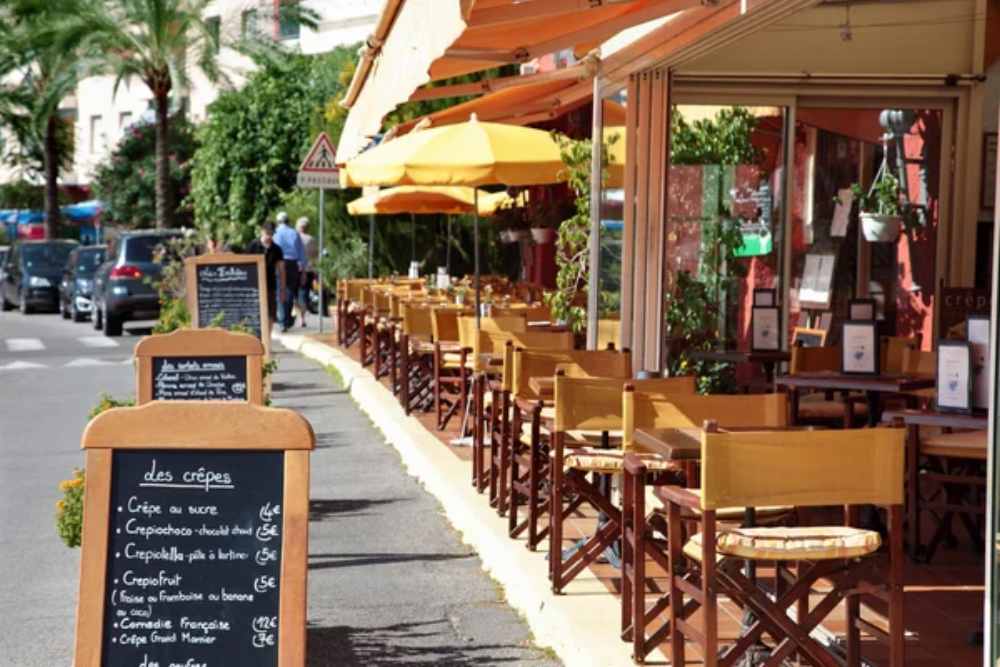
Classical French restaurants operate with strict brigade systems established by Auguste Escoffier, with clear hierarchies from the executive chef down through specialized stations. Italian restaurants typically maintain smaller, often family-run operations with fewer specialized roles and more fluid kitchen structures, reflecting the home-cooking foundations of much Italian cuisine.
Global Influence Pattern
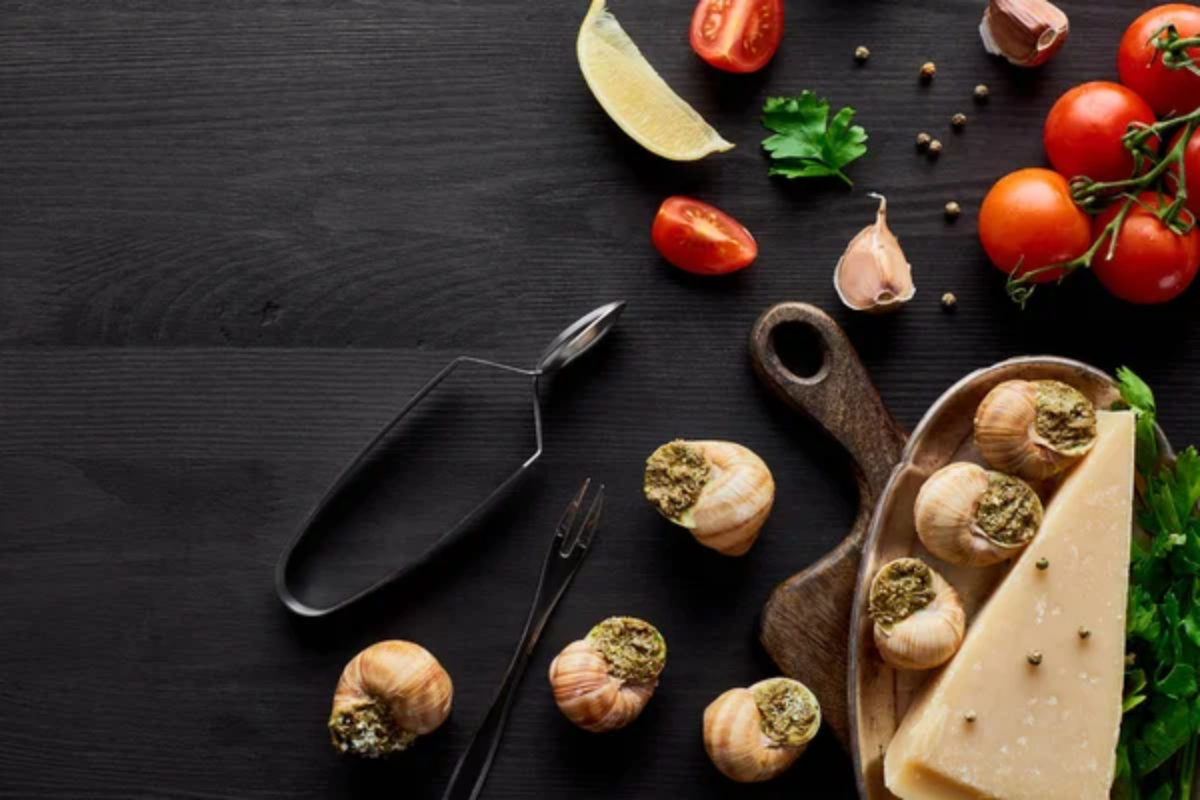
French cuisine spread globally primarily through formal culinary education, with techniques and principles taught systematically in cooking schools around the world. Italian food spread more organically through emigration, with Italian communities establishing restaurants in new countries and adapting dishes to local ingredients while maintaining core principles.
Formal Recognition

French gastronomy received UNESCO Intangible Cultural Heritage status in 2010, specifically for its elaborate formal dining traditions. The Mediterranean diet, including Italian food patterns, received similar recognition but for different reasons—its health benefits and sustainable practices rather than its ceremonial aspects, highlighting the different international perceptions of these cuisines.
Like Travel Pug’s content? Follow us on MSN.
Culinary Innovation Approach

French cuisine has historically emphasized creative innovation within established frameworks, with movements like Nouvelle Cuisine explicitly rejecting tradition to forge new paths. Italian cooking generally values adherence to traditional methods and authentic preparations, with innovation occurring more gradually and with greater resistance to departures from established techniques.
Two Paths to Culinary Excellence
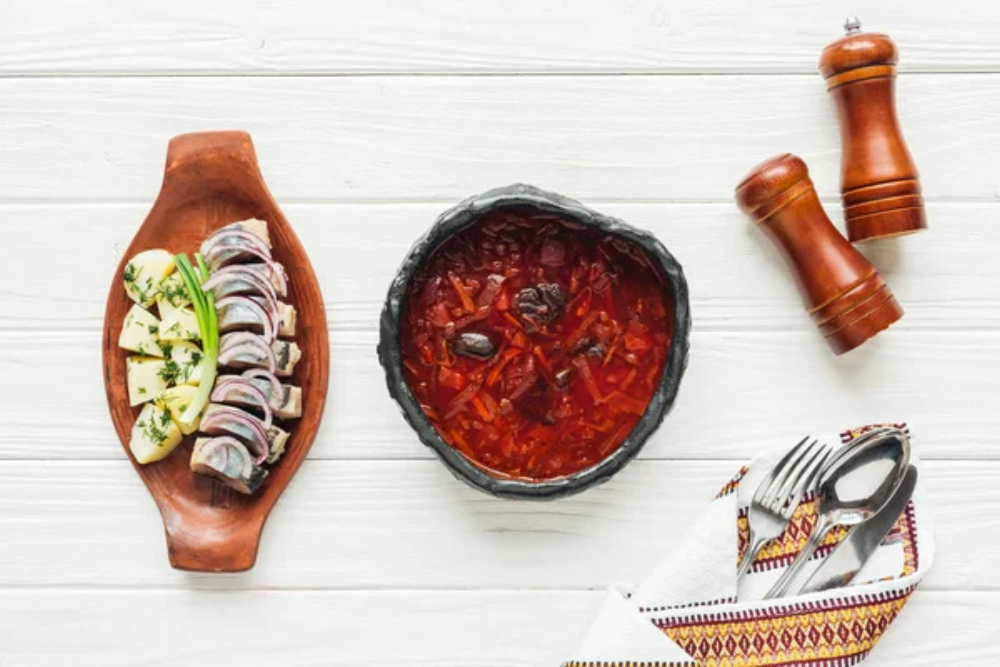
Both cuisines continue evolving while maintaining their distinctive characters—French techniques are becoming more globally influenced while Italian traditions adapt to modern dietary preferences. Their fundamental differences ensure they remain complementary rather than competing culinary forces, each offering distinct pleasures to food lovers worldwide.
The contrast between these two magnificent food cultures reminds us that greatness in cuisine comes not from any single approach but from a deep commitment to specific philosophies of ingredient handling, flavor development, and dining experiences. Through their differences, both Italian and French cuisines have earned their places as two of humanity’s greatest culinary achievements.
More from Travel Pug

- 20 Towns Built for One Purpose That Were Later Abandoned
- 15 Hidden Spots in Disney World’s Magic Kingdom Most Visitors Miss
- 20 Once-Popular Beach Towns That Are Now Ghostly Empty
- 15 Canyons in the U.S. That Are Just as Stunning as the Grand Canyon
- 10 Under-the-Radar Mountain Towns That Are Both Affordable and Beautiful
Like Travel Pug’s content? Follow us on MSN.
